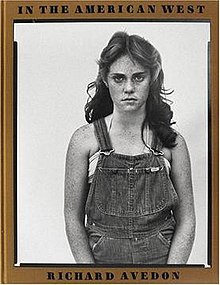
In this lesson we went outside with Nikon cameras and reflectors to take photos using different focal lengths to show the difference it makes. We used reflectors to make the photos more interesting and to use different techniques we’d already used with them. We took two photos for all three different focal lengths, 18mm, 35mm & 55mm. We explored the ways that 18mm could give a fish eye effect and that for the Nikon the 55mm was more portrait.

Then for the last part of the lesson we had to take a portrait of someone with 55mm and an item about them with 18mm. We also needed to make them a diptych and use unusual angles in the photos. I used Ellie for my photos and took her in front of a lovely blossoming tree as the pinks of her cheeks went well with the blossom. I then took a photo of a concert bracelet which Ellie has loads of. I took this at an angle which made the hands look bigger closer to the camera.















 th what I did to get them.
th what I did to get them.


























